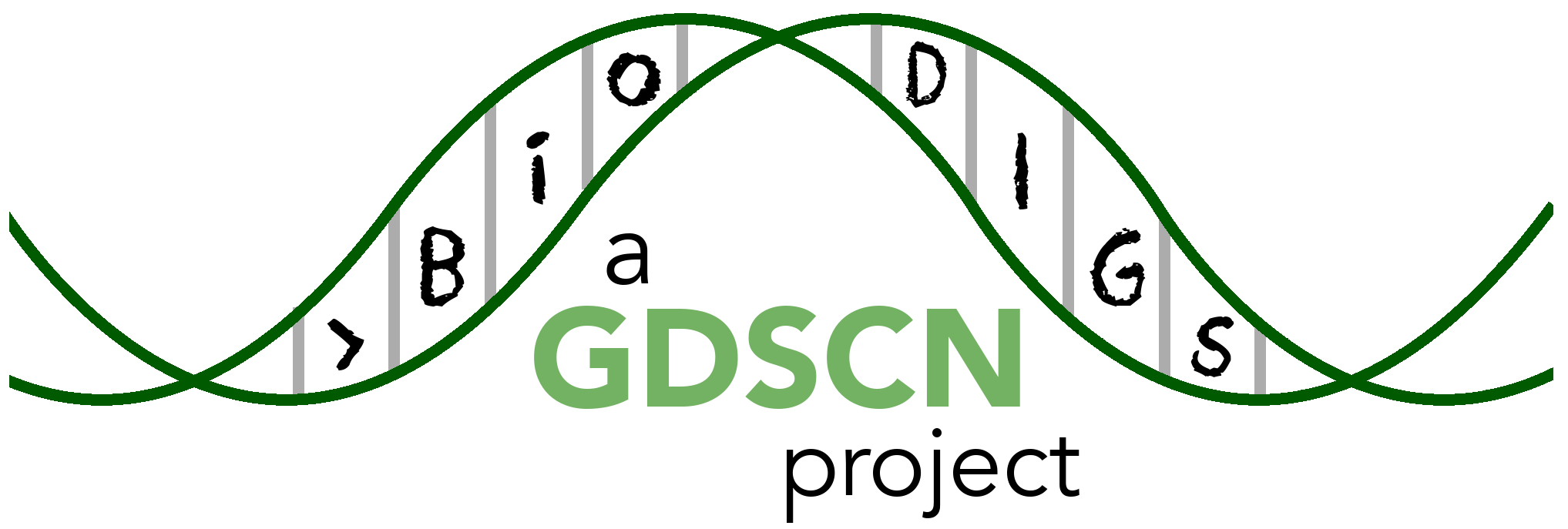Ecosyste.ms: Awesome
An open API service indexing awesome lists of open source software.
https://github.com/fhdsl/gdscn_biodigs_book
Activities for using BioDIGS data in the classroom. This is the companion book to the BioDIGS project.
https://github.com/fhdsl/gdscn_biodigs_book
anvil biodigs course gdscn r-programming tutorial
Last synced: about 1 month ago
JSON representation
Activities for using BioDIGS data in the classroom. This is the companion book to the BioDIGS project.
- Host: GitHub
- URL: https://github.com/fhdsl/gdscn_biodigs_book
- Owner: fhdsl
- License: cc-by-4.0
- Created: 2024-01-19T02:19:36.000Z (11 months ago)
- Default Branch: main
- Last Pushed: 2024-05-22T16:04:12.000Z (7 months ago)
- Last Synced: 2024-05-22T16:48:23.377Z (7 months ago)
- Topics: anvil, biodigs, course, gdscn, r-programming, tutorial
- Language: CSS
- Homepage: https://hutchdatascience.org/GDSCN_BioDIGS_Book/
- Size: 21.9 MB
- Stars: 0
- Watchers: 2
- Forks: 0
- Open Issues: 2
-
Metadata Files:
- Readme: README.md
- License: LICENSE.md
- Code of conduct: code_of_conduct.md
- Support: docs/support.html
Awesome Lists containing this project
README
# BioDIGS in the Classroom: Getting Started
[](https://github.com/fhdsl/GDSCN_BioDIGS_Book//actions/workflows/render-all.yml)
This course was created from [the AnVIL Template](https://github.com/jhudsl/AnVIL_bookdown_style), which is based on [the OTTR Template](https://github.com/jhudsl/OTTR_Template)
You can see the rendered course material [here](https://hutchdatascience.org/GDSCN_BioDIGS_Book/)
## About this course
This is a companion training guide for BioDIGS, a GDSCN project that brings a research experience into the classroom. Visit the BioDIGS (BioDiversity and Informatics for Genomics Scholars) website [here](https://biodigs.org/) for more information about this collaborative, distributed research project, including how you can get involved!
The GDSCN (Genomics Data Science Community Network) is a consortium of educators who aim to create a world where researchers, educators, and students from diverse backgrounds are able to fully participate in genomic data science research. You can find more information about its mission and initiatives [here](https://www.gdscn.org/home).

## Target Audience
The activities in this guide are written for undergraduate students and beginning graduate students. Some sections require basic understanding of the R programming language, which is indicated at the beginning of the chapter.
## Platform
The activities in this guide are demonstrated on NHGRI's [AnVIL](https://anvilproject.org/) cloud computing platform. AnVIL is the preferred computing platform for the GDSCN. However, all of these activities can be done using your personal installation of R or using the online [Galaxy](usegalaxy.org) portal.
## Data
The data generated by the BioDIGS project is available as an R package (BioDIGSData, https://github.com/fhdsl/BioDIGSData), through the [BioDIGS website](biodigs.org), or through an [AnVIL workspace](https://anvilproject.org).
Data about the soil itself as well as soil metal content was generated by the [Delaware Soil Testing Program](https://www.udel.edu/canr/cooperative-extension/environmental-stewardship/soil-testing/) at the University of Delaware. Sequences were generated by the [Johns Hopkins University Genetic Resources Core Facility](https://grcf.jhmi.edu/) and by [PacBio](https://www.pacb.com/).
## Encountering problems?
If you are encountering any problems with this course, please file a GitHub issue or contact Ava Hoffman (ahoffma2 at fredhutch.org) or Elizabeth Humphries (ehumphri at fredhutch.org).

All materials in this course are licensed under a Creative Commons Attribution 4.0 International License unless noted otherwise.